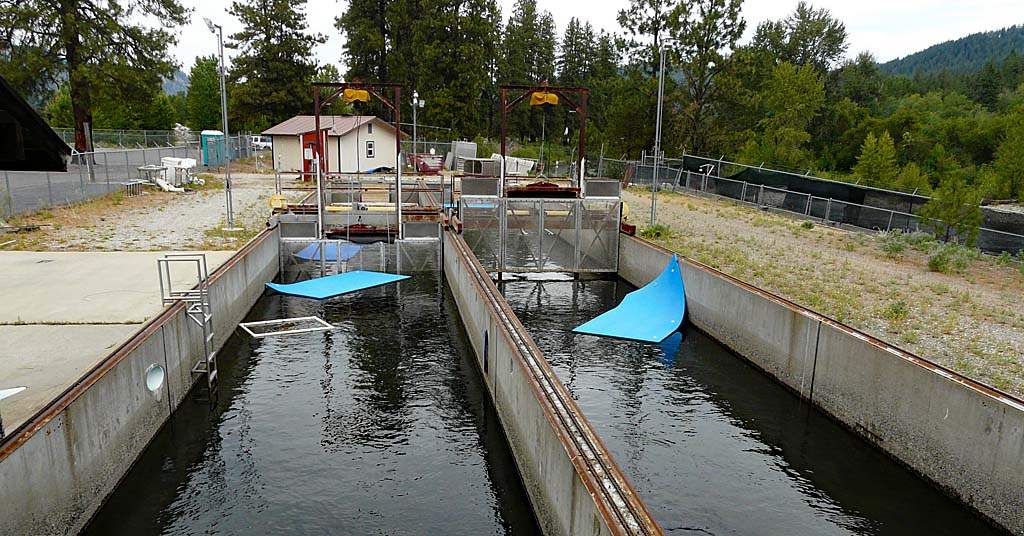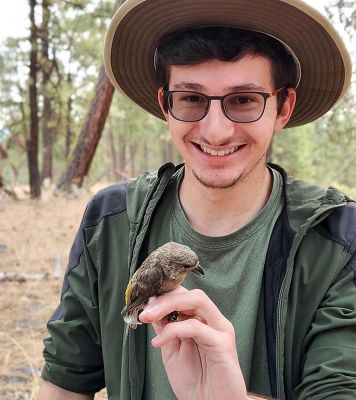Days Gone By: Feb. 16, 2021
Published 3:00 am Tuesday, February 16, 2021
100 Years Ago
From the East Oregonian
Trending
Feb. 16, 1921
Sister Mary Ludovica, aged 75, the first sister to enter the field of service at St. Andrews Mission, died yesterday after 30 years of active work among the Indians. Her death, which was due to heart disease, occurred at St. Anthony’s hospital. When Sister Ludovica went from Pendleton to St. Andrews, her primitive quarters were on a barren hillside, flanked with mountains and fronting on the wide and desolate prairie. The surroundings were made even more weird by the shrieks of roving coyotes. Here the sister’s work among the Umatillas and Cayuses began, and so successful was she in her endeavor that she received the special blessing of the Holy Father in a written testimonial. Associated with her in the pioneer work was Sister Lucretia, who is still active in the field. Three of the first group sleep in the little Mission cemetery.
50 Years Ago
From the East Oregonian
Feb. 16, 1971
The Port of Arlington threw its hat into the nuclear siting arena in a meeting of the Federal-State Task Force on Nuclear Plant Sitings during a day-long nuclear power educational conference in Hermiston. Arlington joins the ports of Umatilla and Morrow in the nuclear plant race, with all three seeking evaluation and approval. According to Chi Wang, director of the Institute of Nuclear Science and Engineering at Oregon State University, “Considerations in choosing plant sites should not treat rural America as a place of refuge from environmental controls, but should emphasize the opportunities that a power plant can contribute to the full development of the nation.” Wang told about 350 at the conference that economic development in the state must be maintained to improve the quality of life. “In order to do this, controlled industrial growth is of primary importance to preserve environmental quality. Siting of a giant nuclear power plant appears to be one of the means to achieve these goals.”
Trending
25 Years Ago
From the East Oregonian
Feb. 16, 1996
For a decade now, dryland wheat farmer Larry Winn has let a portion of his land sit idle under a federal program that pays him to protect sensitive ground from erosion by not farming it. It’s a program that has worked well, stabilizing his steep ground with a dense cover of grass, and providing a spinoff benefit for the deer and upland game birds that live along remote Juniper Canyon. But partisan politics in Washington, D.C., have stymied Winn’s efforts to plan for the future. He needs to decide whether to keep his land in the Conservation Reserve Program or return it to production, but like so many others in the region, he’s waiting for passage of the federal farm bill. That should shed light on both what’s best for the land and what’s best for his farm income. A new farm bill could eliminate price-support subsidies and expose farmers to a free market system. “I really don’t know what I’m going to do because I don’t know what the government is going to do,” said Winn, who has 160 acres of CRP land.









